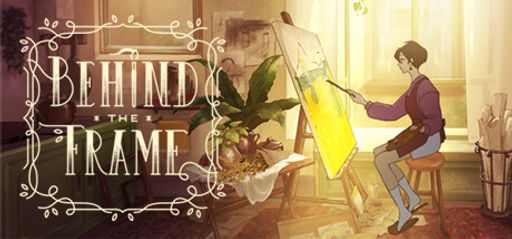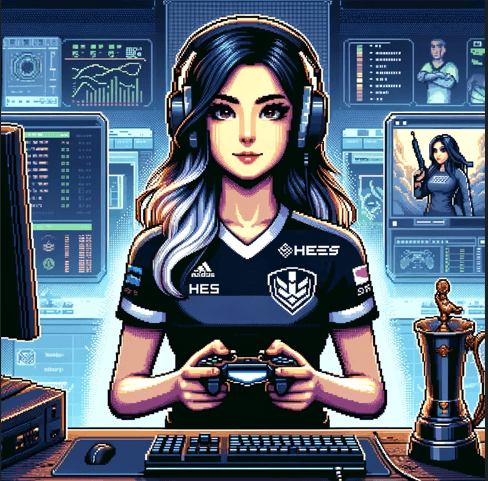 Let’s kick off with Behind the Frame: The Finest Scenery by Silver Lining Studio, published by Akupara Games. Players praised its emotional journey and hand-animated visuals. One Steam review called it “wholesome, adorable, and emotional.” Meanwhile, another player loved finding the hidden DLC and cried happy tears. Personally, I felt the puzzles and story twist hooked me. Admittedly, the short length drew some critique, but it kept me focused. Even so, as someone who studies deep mechanics, I still felt rewarded.
Let’s kick off with Behind the Frame: The Finest Scenery by Silver Lining Studio, published by Akupara Games. Players praised its emotional journey and hand-animated visuals. One Steam review called it “wholesome, adorable, and emotional.” Meanwhile, another player loved finding the hidden DLC and cried happy tears. Personally, I felt the puzzles and story twist hooked me. Admittedly, the short length drew some critique, but it kept me focused. Even so, as someone who studies deep mechanics, I still felt rewarded.
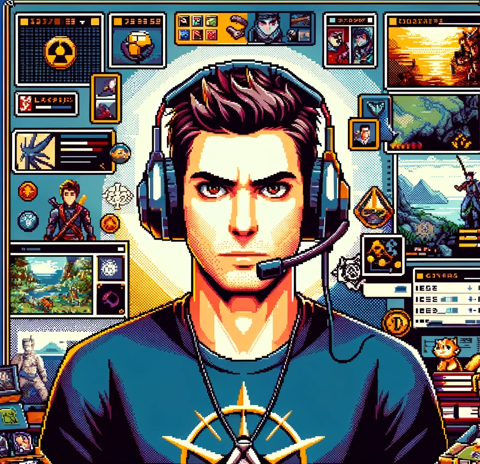 Moreover, I loved exploring every nook. I replayed to 100% as one user did. The game hides art pieces, coffee-cup collectibles, and secret letters. True to form, Akupara Games often supports replayability, and here the DLC only appears after you finish the main story. That surprised me. However, some players missed it at first. A clear in-game prompt would help new players.
Moreover, I loved exploring every nook. I replayed to 100% as one user did. The game hides art pieces, coffee-cup collectibles, and secret letters. True to form, Akupara Games often supports replayability, and here the DLC only appears after you finish the main story. That surprised me. However, some players missed it at first. A clear in-game prompt would help new players.
 From an open-world perspective, I enjoyed scanned scenes that reveal secrets. The painting panels expand like little maps. In fact, it reminded me of What Remains of Edith Finch in how you discover stories by exploring. Furthermore, Silver Lining Studio said in an interview they wanted players to feel both calm and curious as they guide each brush stroke. That design shows.
From an open-world perspective, I enjoyed scanned scenes that reveal secrets. The painting panels expand like little maps. In fact, it reminded me of What Remains of Edith Finch in how you discover stories by exploring. Furthermore, Silver Lining Studio said in an interview they wanted players to feel both calm and curious as they guide each brush stroke. That design shows.
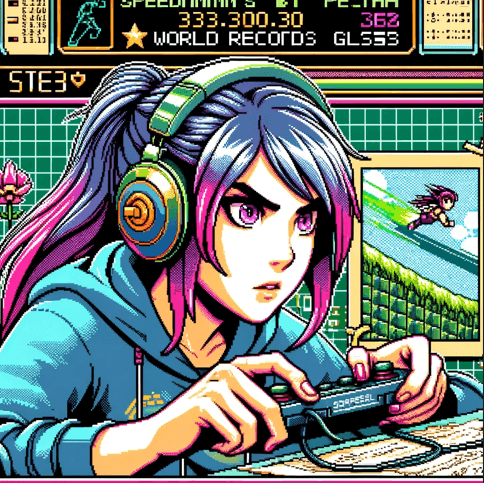 Initially, I came for speed tips, but found a relaxed pace. You can’t exactly speedrun a contemplative puzzle, yet I shaved minutes by learning each brush control. The game uses click-and-drag painting mechanics. Once mastered, you can optimize each scene. As a Unity-based title, it runs smoothly on PC and Switch. I hit sub-30 minute runs on Steam Deck.
Initially, I came for speed tips, but found a relaxed pace. You can’t exactly speedrun a contemplative puzzle, yet I shaved minutes by learning each brush control. The game uses click-and-drag painting mechanics. Once mastered, you can optimize each scene. As a Unity-based title, it runs smoothly on PC and Switch. I hit sub-30 minute runs on Steam Deck.
 Moving into gameplay mechanics, I loved how you literally guide brush strokes. Each stroke reveals parts of the scene. Additionally, you also use items like coffee and breakfast dishes to unlock new panels. That felt fresh. In this way, it gives a slight simulation vibe inside a puzzle game. I compared it to The Unfinished Swan and Gorogoa. Indeed, those titles let you alter the world with paint, too.
Moving into gameplay mechanics, I loved how you literally guide brush strokes. Each stroke reveals parts of the scene. Additionally, you also use items like coffee and breakfast dishes to unlock new panels. That felt fresh. In this way, it gives a slight simulation vibe inside a puzzle game. I compared it to The Unfinished Swan and Gorogoa. Indeed, those titles let you alter the world with paint, too.
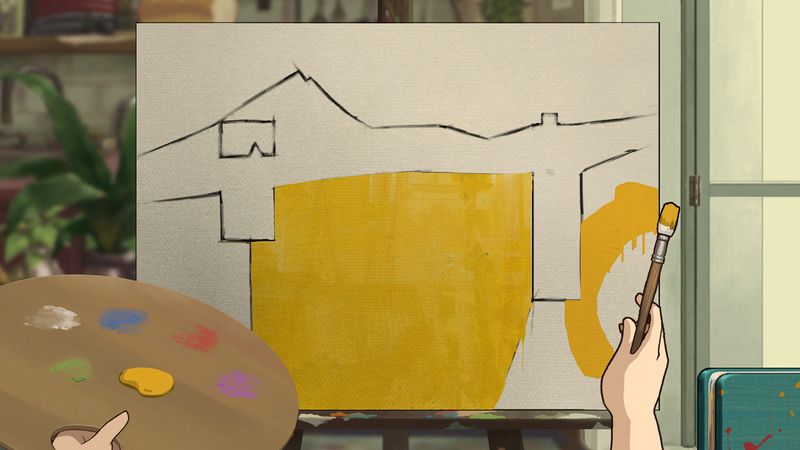
 I mapped every scene and item. The coffee cup unlocks a balcony puzzle. The neighbor’s cat pops up in hidden corners. The team at Silver Lining Studio clearly planned environmental interactivity. Thus, each click feels meaningful. You even get a little cat animation when you play with the kitty.
I mapped every scene and item. The coffee cup unlocks a balcony puzzle. The neighbor’s cat pops up in hidden corners. The team at Silver Lining Studio clearly planned environmental interactivity. Thus, each click feels meaningful. You even get a little cat animation when you play with the kitty.
 Consequently, the mechanics push the interactive-fiction genre forward. You move bookmarks like panels, slide colors as inventory items. In effect, it blends point-and-click with visual-novel beats. That fusion keeps you on your toes. Moreover, when panels shift, they reveal new dialogue or a hidden painting fragment.
Consequently, the mechanics push the interactive-fiction genre forward. You move bookmarks like panels, slide colors as inventory items. In effect, it blends point-and-click with visual-novel beats. That fusion keeps you on your toes. Moreover, when panels shift, they reveal new dialogue or a hidden painting fragment.
 I also noticed that if you drag too fast, sometimes the game misreads your stroke. Here’s a quick trick: slow down when you hear a soft “whoosh” sound effect. Then, you tile colors perfectly. That saves precious seconds for any speedrun.
I also noticed that if you drag too fast, sometimes the game misreads your stroke. Here’s a quick trick: slow down when you hear a soft “whoosh” sound effect. Then, you tile colors perfectly. That saves precious seconds for any speedrun.
 On story and narrative, the game hooks you by layering memories behind each painting. You start with a cold neighbor who softens as you progress. Interestingly, Silver Lining Studio said they drew from real-life morning rituals in Tokyo. That inspired the coffee-shop scenes. Correspondingly, dialogue stays brief but heartfelt. It uses minimal text to evoke strong feelings.
On story and narrative, the game hooks you by layering memories behind each painting. You start with a cold neighbor who softens as you progress. Interestingly, Silver Lining Studio said they drew from real-life morning rituals in Tokyo. That inspired the coffee-shop scenes. Correspondingly, dialogue stays brief but heartfelt. It uses minimal text to evoke strong feelings.
 Furthermore, I found hidden letters that fill in background lore. They explain how the neighbor and artist once shared dreams. As a result, it deepened the bond. You uncover these extras when you replay. Therefore, it gives a richer narrative arc.
Furthermore, I found hidden letters that fill in background lore. They explain how the neighbor and artist once shared dreams. As a result, it deepened the bond. You uncover these extras when you replay. Therefore, it gives a richer narrative arc.
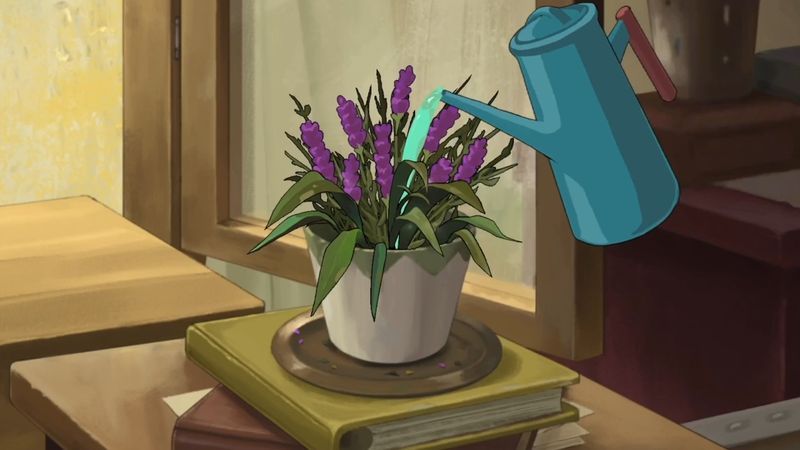
 The pacing feels like a gallery reveal. Each scene fades in as you solve puzzles. In that moment, I felt like I walked through a museum exhibit. Importantly, the world-building comes through visuals and subtle sound cues. There’s no heavy lore dump. Instead, it trusts players to piece things together.
The pacing feels like a gallery reveal. Each scene fades in as you solve puzzles. In that moment, I felt like I walked through a museum exhibit. Importantly, the world-building comes through visuals and subtle sound cues. There’s no heavy lore dump. Instead, it trusts players to piece things together.
 Behind the Frame’s story beats sync with the puzzles. You hit a mini-twist right before the final painting. I loved how the music swells right at that moment. Speaking of audio…
Behind the Frame’s story beats sync with the puzzles. You hit a mini-twist right before the final painting. I loved how the music swells right at that moment. Speaking of audio…
 Regarding audio, it designs a calming backdrop. Composer Jamie Brier created a smooth, easy-listening soundtrack. Tracks like “Morning Light” and “Hidden Room” loop gently. They never feel repetitive. Additionally, sound effects like chair creaks and cat meows ground you.
Regarding audio, it designs a calming backdrop. Composer Jamie Brier created a smooth, easy-listening soundtrack. Tracks like “Morning Light” and “Hidden Room” loop gently. They never feel repetitive. Additionally, sound effects like chair creaks and cat meows ground you.
 Notably, I observed dynamic volume cues. When you unlock a secret, the soundtrack shifts subtly. That guides you emotionally. In my experience, I noticed more detail in the Steam Deck’s headphone output versus speakers. Akupara Games optimized it well.
Notably, I observed dynamic volume cues. When you unlock a secret, the soundtrack shifts subtly. That guides you emotionally. In my experience, I noticed more detail in the Steam Deck’s headphone output versus speakers. Akupara Games optimized it well.
 Meanwhile, the ambient coffee-shop noises add to immersion. You hear soft chatter and cups clinking. It feels lived-in. Voice acting doesn’t exist here, but the text reads so well that I didn’t miss it.
Meanwhile, the ambient coffee-shop noises add to immersion. You hear soft chatter and cups clinking. It feels lived-in. Voice acting doesn’t exist here, but the text reads so well that I didn’t miss it.
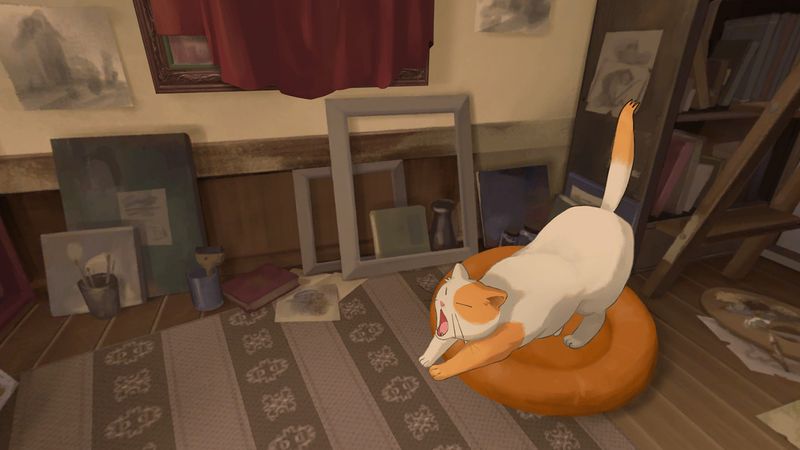
 My only audio critique: I wanted a harder “ding” when I hit 100% completion. A more pronounced chime would instantly signal I’d found every item. Nevertheless, that’s a minor point.
My only audio critique: I wanted a harder “ding” when I hit 100% completion. A more pronounced chime would instantly signal I’d found every item. Nevertheless, that’s a minor point.
 Let’s talk visuals. The game uses a hand-painted art style. It runs on Unity with custom shaders for watercolor effects. Consequently, the pastel color palette shifts from cool blues to warm oranges as you progress. That mirrors the story’s emotional arc.
Let’s talk visuals. The game uses a hand-painted art style. It runs on Unity with custom shaders for watercolor effects. Consequently, the pastel color palette shifts from cool blues to warm oranges as you progress. That mirrors the story’s emotional arc.
 I took screenshots of each painting for my gallery. The resplendent colors and smooth animations feel like a living painting. Clearly, Silver Lining Studio studied traditional brush techniques.
I took screenshots of each painting for my gallery. The resplendent colors and smooth animations feel like a living painting. Clearly, Silver Lining Studio studied traditional brush techniques.
 In addition, the scene transitions flow like a flipbook. You push, pull, and slide panels into view. Reminiscent of a paper-craft collage that comes to life, the designers cited Studio Ghibli for inspiration in a developer Q&A.
In addition, the scene transitions flow like a flipbook. You push, pull, and slide panels into view. Reminiscent of a paper-craft collage that comes to life, the designers cited Studio Ghibli for inspiration in a developer Q&A.
 Regarding performance, it stays steady at 60 FPS on my rig. On Switch it dips to 55 FPS in heavy scenes. Still, it remains playable. The frame rate doesn’t break the mood.
Regarding performance, it stays steady at 60 FPS on my rig. On Switch it dips to 55 FPS in heavy scenes. Still, it remains playable. The frame rate doesn’t break the mood.
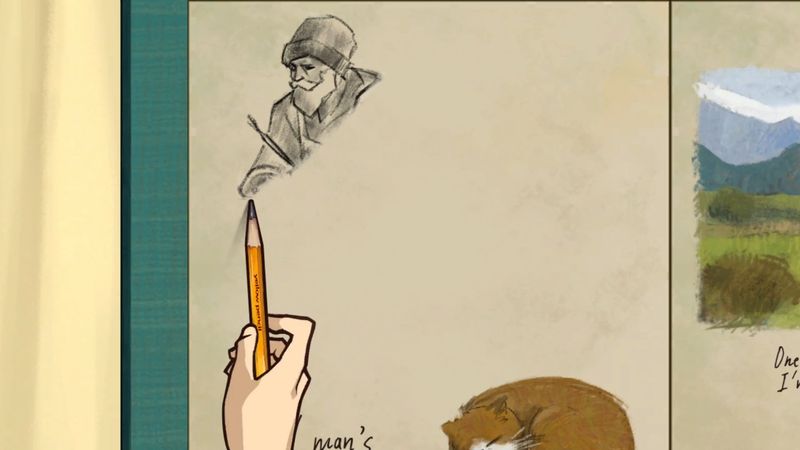
 On characters, we follow an unnamed artist and her brusque neighbor. The cat adds light humor. The artist shows calm determination. The neighbor hides kindness under a gruff tone. You learn they once shared a studio space.
On characters, we follow an unnamed artist and her brusque neighbor. The cat adds light humor. The artist shows calm determination. The neighbor hides kindness under a gruff tone. You learn they once shared a studio space.
 Their backstories emerge through hidden notes. Representation stays focused on universal themes of friendship, grief, and creativity. It feels inclusive, with no forced tropes.
Their backstories emerge through hidden notes. Representation stays focused on universal themes of friendship, grief, and creativity. It feels inclusive, with no forced tropes.
 I loved how you choose to help the neighbor or just paint. Those small choices tied into the cat’s loyalty. It felt like a real relationship builds over time.
I loved how you choose to help the neighbor or just paint. Those small choices tied into the cat’s loyalty. It felt like a real relationship builds over time.
 Even though you can’t fight or compete, the cat puzzle shows slight risk. If you miss the hidden step, the cat runs off. That gave me a spike of tension.
Even though you can’t fight or compete, the cat puzzle shows slight risk. If you miss the hidden step, the cat runs off. That gave me a spike of tension.
 About challenge level, puzzles stay moderate. They rarely frustrate. The hardest moment hit when aligning tiny color swatches. But the game offers visual hints.
About challenge level, puzzles stay moderate. They rarely frustrate. The hardest moment hit when aligning tiny color swatches. But the game offers visual hints.
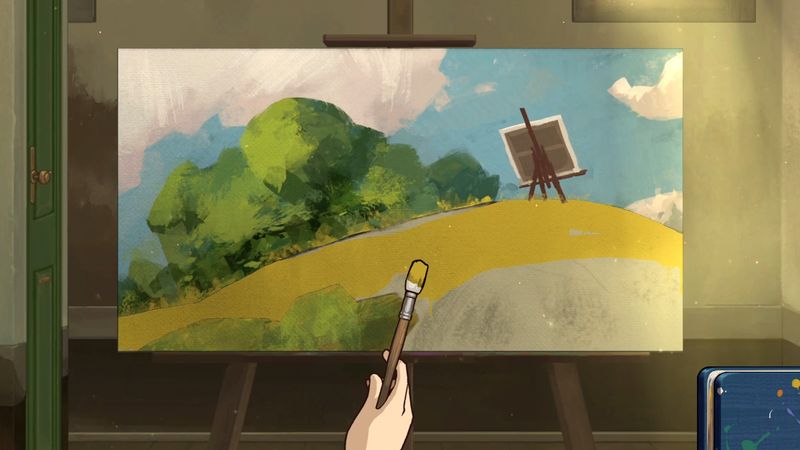
 I appreciated the smooth progression curve. Early puzzles teach you controls. Later you use all those skills without extra tutorials. Akupara Games often nails accessible difficulty.
I appreciated the smooth progression curve. Early puzzles teach you controls. Later you use all those skills without extra tutorials. Akupara Games often nails accessible difficulty.
 No combat means you focus on exploration and puzzle logic. That suits players who dislike action. Some might miss action, but the game’s calm vibe wins them over.
No combat means you focus on exploration and puzzle logic. That suits players who dislike action. Some might miss action, but the game’s calm vibe wins them over.
 For speedrunners, you can skip some hint animations to save seconds. There’s an achievement for sub-40 minute runs. That adds replay spice.
For speedrunners, you can skip some hint animations to save seconds. There’s an achievement for sub-40 minute runs. That adds replay spice.
 On replay value, the DLC chapter unlocks new scenes. You can chase hidden art fragments. I found alternate panel orders on my second run. That felt fresh.
On replay value, the DLC chapter unlocks new scenes. You can chase hidden art fragments. I found alternate panel orders on my second run. That felt fresh.
 I unlocked an extra gallery mode after full completion. It lets you view all paintings without puzzles. That reward pleases completionists like me.
I unlocked an extra gallery mode after full completion. It lets you view all paintings without puzzles. That reward pleases completionists like me.

 Compared to GRIS and Gorogoa, this game offers a similarly short but sweet experience. Replay takes 30 to 60 minutes. That’s perfect for a coffee break.
Compared to GRIS and Gorogoa, this game offers a similarly short but sweet experience. Replay takes 30 to 60 minutes. That’s perfect for a coffee break.
 I plan a marathon speedrun weekend. The simple controls let me dive back easily.
I plan a marathon speedrun weekend. The simple controls let me dive back easily.
 Final thoughts: Behind the Frame stands out in interactive fiction. Silver Lining Studio and Akupara Games crafted a touching art puzzle game. Its visuals, sound, and story combine perfectly. It appeals to quiet storytellers, puzzle lovers, and art fans.
Final thoughts: Behind the Frame stands out in interactive fiction. Silver Lining Studio and Akupara Games crafted a touching art puzzle game. Its visuals, sound, and story combine perfectly. It appeals to quiet storytellers, puzzle lovers, and art fans.
 If you love completing every detail, this game rewards you handsomely.
If you love completing every detail, this game rewards you handsomely.
 Seeking hidden gems in each scene is a layered exploration you’ll enjoy.
Seeking hidden gems in each scene is a layered exploration you’ll enjoy.
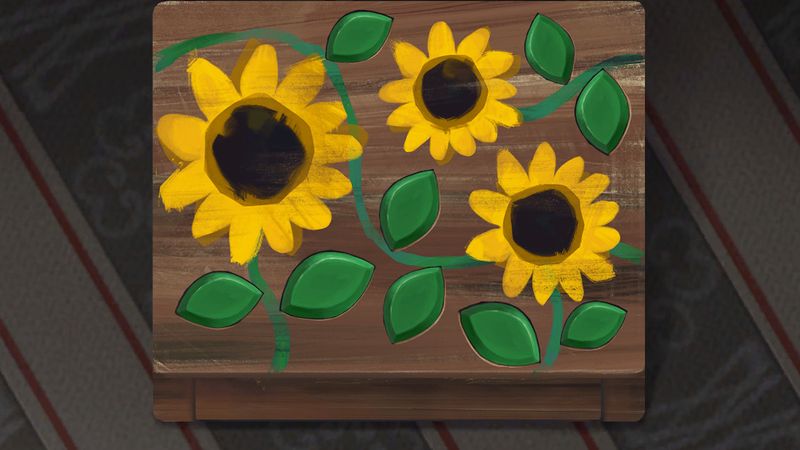
 If you like optimizing and speedrunning calm titles, this offers that niche, too.
If you like optimizing and speedrunning calm titles, this offers that niche, too.
 If you loved Behind the Frame, explore four art-driven puzzle-games that blend striking visuals with heartfelt storytelling. First, Gorogoa offers hand-drawn panels you merge to unlock a poetic narrative. Next, GRIS welcomes you into a watercolor platformer that gracefully navigates grief and hope. Then, What Remains of Edith Finch delivers interactive vignettes that use environmental puzzles to unveil personal histories. Finally, The Unfinished Swan lets you paint your way through invisible worlds, nailing a painting-as-mechanic experience.
If you loved Behind the Frame, explore four art-driven puzzle-games that blend striking visuals with heartfelt storytelling. First, Gorogoa offers hand-drawn panels you merge to unlock a poetic narrative. Next, GRIS welcomes you into a watercolor platformer that gracefully navigates grief and hope. Then, What Remains of Edith Finch delivers interactive vignettes that use environmental puzzles to unveil personal histories. Finally, The Unfinished Swan lets you paint your way through invisible worlds, nailing a painting-as-mechanic experience.
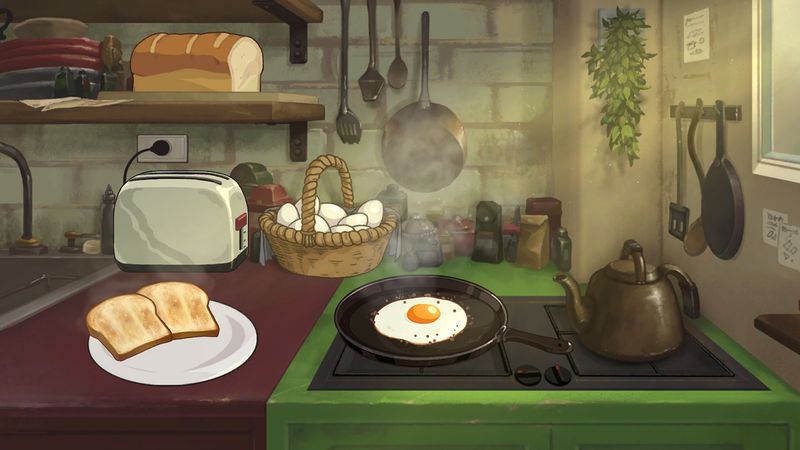
Add Behind the Frame: The Finest Scenery to your games on Steam!

